Introduction
Features and Specifications
A decent action camera has some very specific requirements: The current default seems to be that they should produce 1080p video and that they should be light-weight so that they can be attached to a helmet, surfboard, handlebar, or some other piece of speedy equipment. They should also be equipped with a wide lens — the wider the better, and they should be able to shoot at high frame rates for slow motion.
The GoPro HERO3 fulfils all of these requirements: It has 3 settings greater than 1080p, the highest being 4K Cinema; the weight of the basic camera is just under 75g; and it’s small, 41 x 59 x 29mm. The lens is very wide, with a 6-element aspheric design, and the maximum diagonal angle of view is 170º.
Frame rates also cover a wide range, again depending on resolution, with rates up to 240fps (for WVGA), 120fps at 720p, and up to 60fps at 1080p. These rates mean smooth slow motion, which suits the purpose of the camera: to shoot action. The HERO3, like many modern electronic devices, is firmware controlled. The unit DxO Mark tested had HD3.03.02.00 installed; changes in the firmware could affect the results, and there may be future updates to our review to reflect this.
The sensor on the GoPro HERO3 is a Sony model IMX117 BSI CMOS. The individual sensor elements are 1.55µm and are set on a back-illuminated ceramic substrate, in 4024 columns and 3036 rows of active elements, giving a 12 MPix maximum image size. The sensor is capable of full-resolution still captures at rates up to 30ps.
Other features include Wi-Fi so that you can use a smartphone as a remote viewer and controller, a waterproof housing rated to 60m, 12-megapixel still capture with a configurable interval timer, and burst rates up to 30fps, along with a very wide range of mounting accessories to attach the camera to your chosen piece of sports equipment.
The GoPro HERO3 is not massively expensive, but it is designed to perform some of the tasks that a professional film-maker might require. The Protune mode is designed for professional use and delivers video that is optimized for further processing with video editing software: lower contrast, but better detail in highlights and shadows. Protune is specifically for video and does not affect still capture. Protune was not selected in these tests, since the output is not ready for normal viewing.
There is interesting further reading on the construction and specifications of the GoPro HERO3 camera at the following two sites:
IFIXIT: http://www.ifixit.com/Teardown/GoPro+HD+Hero3+Teardown/12457/1
The highest DxOMark Mobile score in Video
The GoPro HERO3 scores 75 for video in DxOMark Mobile testing. It’s the highest score recorded so far by DxOMark using this protocol. There are very few things that could reasonably be improved, as it does exactly what it was designed to do.
Drilling down further into the Video scores further reinforces how good the GoPro HERO3 is.
- The exposure is very good: there is plenty of detail in the shadows and the camera is very successful at preventing highlight clipping.
- Footage shot in low light has an acceptable amount of noise, but in bright light it is virtually noise-free.
- Texture and detail is good, especially in good light, but even in low light, noise reduction does not take too much away.
- With a faster than normal frame rate of 48 fps (compared to the normal 30 fps), the video is very smooth.
- The score for Autofocus is very high since everything is sharp from 30cm to infinity. Even without autofocus on, the camera it does very well in the tests except for the Macro test, for which it is unable to produce a sharp image.
The DxOMark Mobile photo score of 68 is also a laudable score, while at the same time being rather misleading: The absence of AF was not taken into account in the final score, and the score for Flash was marked as 0, but the GoPro’s control of noise (87)
texture (80) are very good indeed. This said, special care does have to be taken in low-light conditions, since the long exposure times are likely to result in some motion blur. Indeed, at 20 lux (lighting conditions in a bar) the exposure time is 1/6s, which is enough to create blur.
The GoPro also loses marks for distortion and chromatic aberration in the image, the former being something that is almost certainly considered to be a feature by the manufacturers. It is also clear that the functionality for stills has been tailored to the needs of “Action Photographers,” with a strong leaning towards burst capture and interval timing — features that fit well with video production.
A protocol for testingAs the GoPro HERO3 does not provide RAW images, and since video is the primary purpose of the GoPro, we decided to run it through our DxOMark Mobile imaging protocol, which provides a comprehensive Photo and Video quality report. We did have to make one adjustment to the test protocol, since the GoPro doesn’t have autofocus: we could not grade it in photo, but as it produces sharp pictures from 30cm right through to infinity, we extracted the “zero” grade from the weighted average to avoid bringing down the overall score and to get a fair comparison with other mobile devices tested with the photo protocol. On the other hand, the lack of flash did lead to a “0” grade, and consequently brought down the overall score. Indeed, you may get great footage from your winter ski run, but you’ll need another camera to shoot low-light pictures when you are back sipping hot spiced wine in a dark pub. The Mobile Video protocol was run completely. Despite the lack of autofocus and image stabilization features on the GoPro HERO3, you may be surprised that it scores fairly well for these 2 video attributes. The autofocus video protocol looks at how fast, how sharp, how repeatable, and how stable the autofocus is, so by instantly providing sharp images across a very wide depth of field, the GoPro had great “autofocus” grades except in the macro test, which it failed. Similarly, the stabilization protocol applies the same motion to all devices, but the residual motion will be much smaller for an ultra-wide-angle camera despite its lack of stabilization. |
The camera has a DxOMark mobile video score of 75, whereas Apple’s iPhone 5 scores 70, despite the fact that the smartphone has both autofocus and image stabilization.
The comparison with a smartphone is especially appropriate when you look at the way that smartphones are commonly being used now to capture video footage of events, and manufacturers are beginning to make accessories to feed this market, such as rugged housings with wide lenses built in. The GoPro HERO3 has a massive advantage here in that it does not have to fulfill all the other functions that a smartphone needs to. This specialization allows it to be much more focused on its principal task without the need for compromise.
The key to understanding the GoPro results is the extremely wide angle of its lens (170°) compared to that of a typical smartphone camera (70°).This wide angle is very important for an action camera that can be helmet-mounted. It may record an entire event before the user can look at the video. However, it makes some specifications easier to achieve, and some much more difficult, which explains some of the differences between the GoPro and the smartphone cameras we have tested:
- Specifications which are helped by a wide angle:
- Autofocus: the ultra-wide angle gives a fantastic “natural” autofocus with its very large depth of field; no need to adjust the lens to get sharp images between 30cm and infinity.
- Stabilization: a measured amount of vibration will produce much smaller motion-blur in the image of a wider-field camera, achieving better results without stabilization than certain smartphone cameras.
- Specifications which are much more challenging with a wide angle:
- Distortion: it would be impossible to design a reasonably-sized lens with a 170° field of view without distortion.
- Lateral chromatic aberration increases with field angle, so it would be very difficult to optically control on such a wide angle lens.
- Exposure: the wider field usually means more sky, so the dynamic range in the scene is likely to be higher.
- Flash: uniform and powerful flash illumination on such a wide angle would be a real challenge, way beyond the performance capacity of a typical mobile device camera flash.
There were two additional low scores recorded for things unrelated to the large depth of field:
- Lack of color saturation
- White balance yellow bias in photo
The GoPro HERO3 manages to score well even for these measures because of its very wide lens. Having a lens with a field of view up to 170º means the depth of field is immense: everything from 30cm to infinity appears sharp, especially in the middle part of the image, and the wide angle means that the camera is not prone to camera shake. The lens is not perfect, though: distortion is huge in comparison to that for mobile phones; in fact, the GoPro’s lens is effectively a full-frame fish-eye.
There are also noticeable amounts of lateral chromatic aberration, which contributes to significant color fringes at the margins of the frame.
The GoPro HERO3 is the best video recording device tested with the DxOMark Mobile protocol. If you compare it to a mobile phone, given we tested it using mobile phone protocols, then it is strictly speaking 7th in the overall rankings. However, the comparison is flawed because the GoPro and mobile phones are such different devices.
There are several other action cameras on the market: the Contour Roam 2, the Sony Action Cam HDR-AS15, the Drift HD170, and many others. DxOMark has not yet tested these so we cannot pass judgment on their merits. What we can say is that for the purpose for which it was designed, the GoPro HERO3 produces very good video footage: Sharp in the middle where it is most important, well exposed, and significantly better than you are likely to get out of a smartphone.
If you are in the market for an action camera, then the GoPro HERO3 needs to be among the models that you look at: it is lightweight, highly specialized, and produces excellent quality video, either ready to view or, if Protune mode is used, ready to edit. It is not without its drawbacks — for example, battery life seems to be adequate rather than good. The user interface requires lots of button pressing to navigate the menus, and as a still camera it is geared much more to capturing stills for inclusion in video than to perform as a conventional camera. It has no viewfinder or built-in playback screen, and the waterproof housing is separate rather than integrated like some of its competitors – but it is rated to a greater depth than most. On balance, the GoPro HERO3 appears to be a well-thought-out device — but the camera is not what this is about, this is about the action.


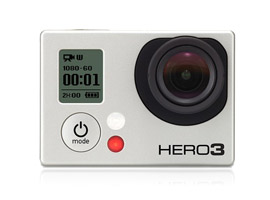
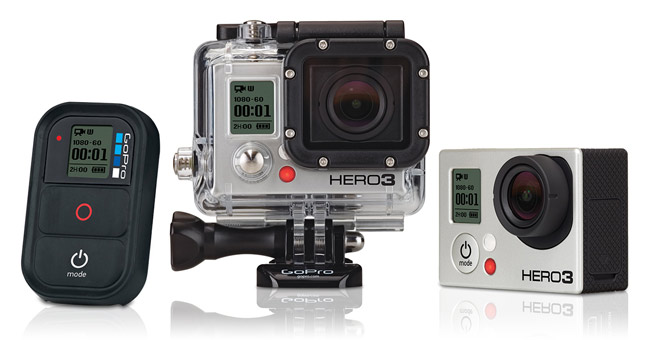

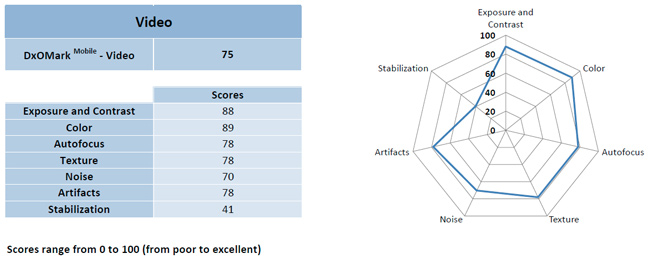
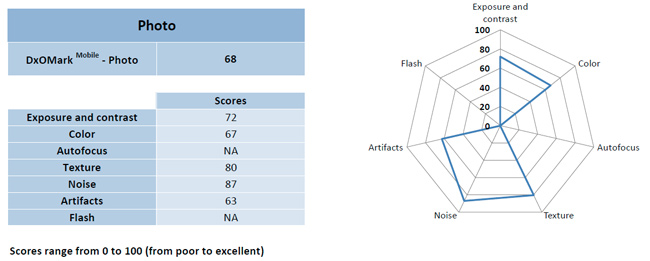
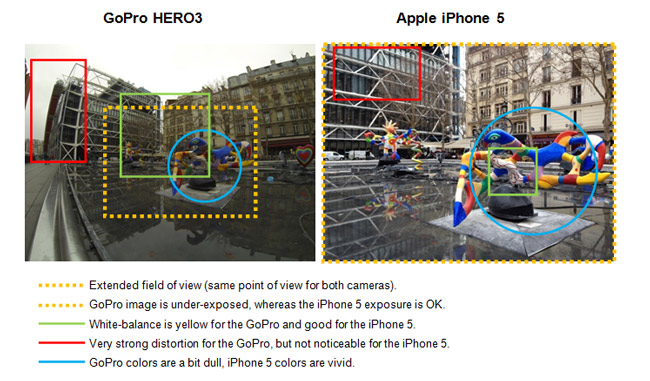
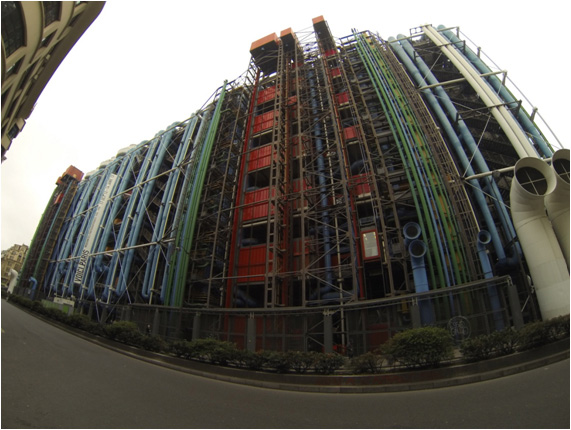
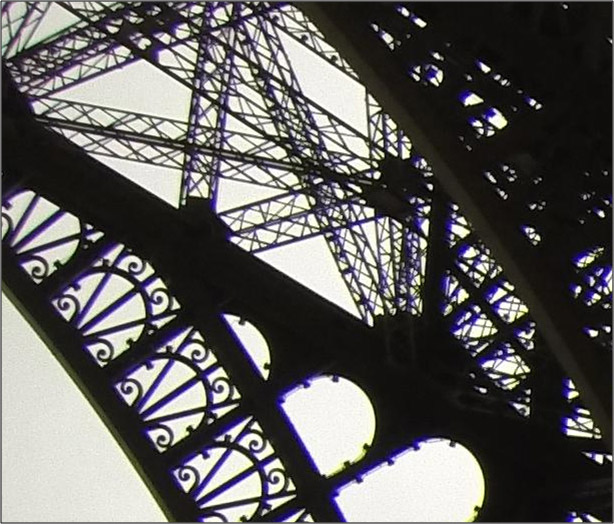
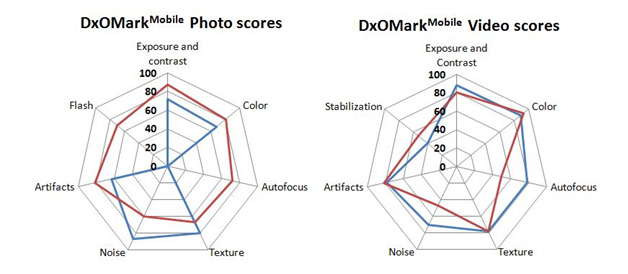
DXOMARK encourages its readers to share comments on the articles. To read or post comments, Disqus cookies are required. Change your Cookies Preferences and read more about our Comment Policy.